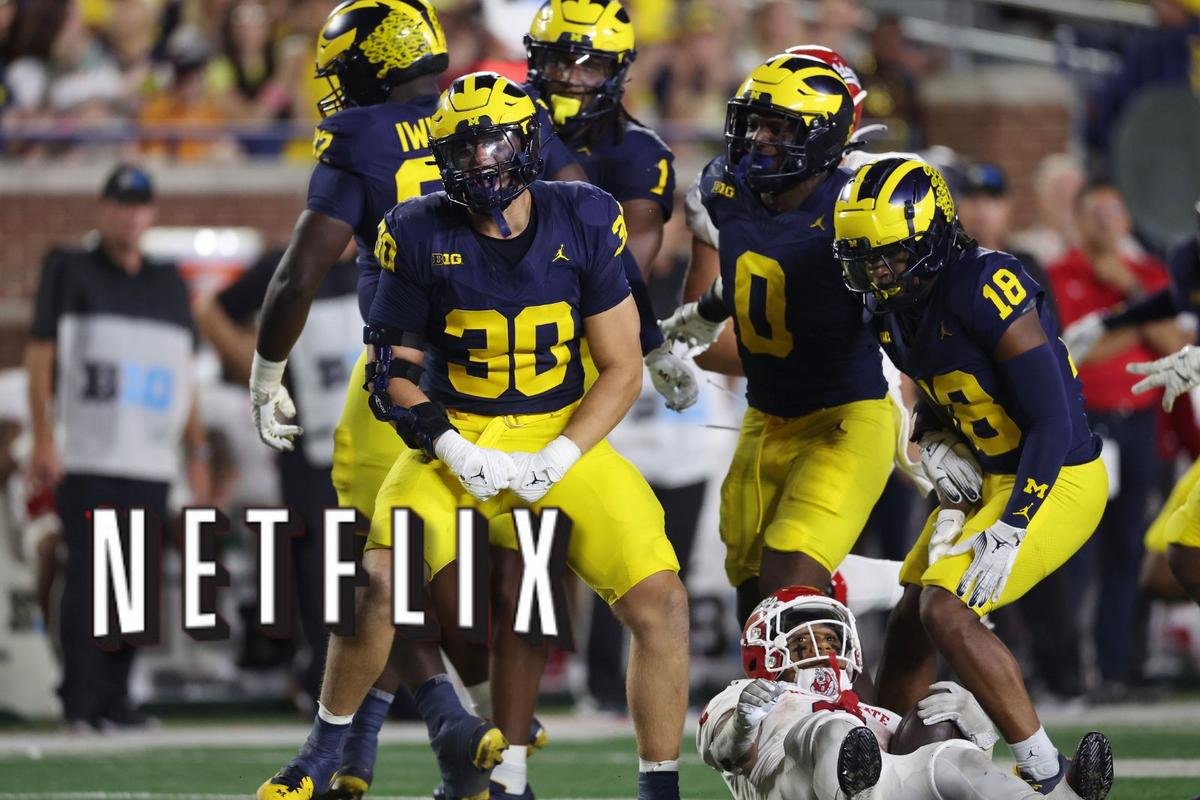
After a horrendous 2023-24 season — and a clear decline even before that — the Michigan Wolverines needed a complete overhaul. In stepped Dusty May, who did that and more, wildly exceeding expectations in Year 1 with an essentially brand new roster and a style of basketball that was both entertaining and effective (even if it brought some frustrations as well).

May’s excellence was seen through in-game adjustments and clear strategic emphases in practice and game planning, but much of his success stemmed from his approach to last offseason’s transfer portal. Even for coaches who do not need to grab two-thirds of a rotation in the portal, nailing this element of the game is basically an annual requirement now, and being able to do so means understanding the ever-changing NIL landscape too.
With nearly two full seasons of transfers under May, and some…interesting…portal endeavors under Juwan Howard, the sample size is reasonably large for incomers joining the maize and blue. Every offseason is a little bit different, but what can we learn from the Wolverines’ approach thus far in the portal era?
Think back to Howard’s portal (and recruiting) forays — what is the first thing to come to mind? Do the names Terrance Shannon and Caleb Love ring a bell? How about Isaiah Todd and Josh Christopher? The legacy tied to Howard will be just as much about the players who never made it to Ann Arbor as the ones who did, and relatedly the lack of a backup plan behind them.
Now think of Johnell Davis and Alijah Martin, near certainties to join May (and Vlad Goldin) in the move from FAU to Michigan — or so it seemed. When Davis and Martin chose to go elsewhere, May did not panic and still found a way to fill out a solid roster for his inaugural season. Rosters in college athletics are fragile and ever-changing, and the coaches who react and pivot fastest will be the most successful.
One more name to consider: Yaxel Lendeborg. May showed he has no fear going after players who are very open about the uncertainty ahead of them because he is confident in being able to adjust. By adding Morez Johnson and Aday Mara, Michigan will not be left without replacements for Goldin and Danny Wolf even if Lendeborg decides to go pro. Whether it be due to competition, the NBA, or the admissions office, there must always be a Plan B.
Getting Shannon or Love (or Todd or Christopher) might have changed Howard’s fate, but it also might have brought more of the same. Caleb Houstan and Moussa Diabate were overall disappointments, and bringing in former highly ranked recruits like Olivier Nkamhoua and Joey Baker did not seem to solve the Wolverines’ problems either. Especially in the world of transfers, fit means so much more than recruiting stars.
Think of Howard’s best transfers, Mike Smith and DeVante Jones; both came with a ton of experience, but neither were superstar athletes or future lottery picks. The same could be said for May’s best additions: Wolf, Goldin, and Tre Donaldson. While, Nimari Burnett was a four-star, it could be argued he only found success after a second season (and a coaching change).
It could seem like May is star-chasing in Year 2, as Elliot Cadeau was a 247 Composite five-star coming out of high school, with Morez and Aday Mara being top-30 prospects as well. However, after his portal wizardry last season, May deserves the benefit of the doubt in the way he evaluates the portal. Still, if these players do end up flopping, this lesson will be one to remember.
I wrote earlier about why I liked the additions of Cadeau and Johnson, as they fit clear gaps in the current roster (as opposed to just taking them on potential alone). The same logic could be applied for May’s decisions to bring in Donaldson, Roddy Gayle, and Goldin last year, and Howard’s additions of those two mid-major point guards.
That is not to say adding players like Wolf and Lendeborg is wrong. The success (or failure) of those acquisitions balances on the coaching staff’s ability to utilize them fully and adapt around them. Clearly, Michigan had a great plan for Wolf last year, even if May was not necessarily intending to leverage that sort of playmaking from the four. Similarly, I do not believe the goal was to find the next Wolf for 2025, but the availability of Lendeborg was just too good to pass up.
Not every transfer is going to work out, but the miss rate is consistently higher than one might expect from those that would appear to be studs. Michigan is just one example, but I think there is enough evidence to show that having a strategy for using the incoming transfers in is way more important than their perceived talent or athleticism. Bringing in dynamic players can be a gamechanger, but only with the right structure around them. May appears to have figured this out, but in 12 months we will have an even clearer picture of where the Wolverines are winning with the transfer portal.

Leave a Reply